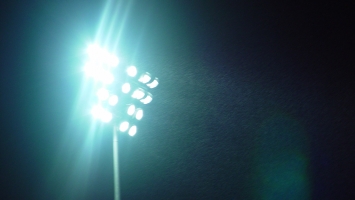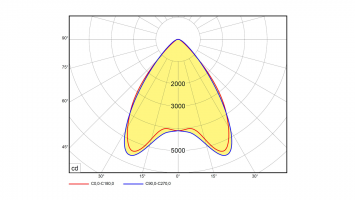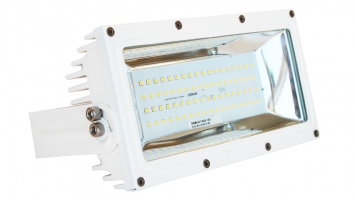
Flicker is the light flicker that occurs as a result of the brightness of light changes rapidly and repeatedly. The flickers that occur periodically are divided into two as visible flicker and invisible flicker.
If the light flickers are below 100 Hz frequency it is called visible flicker. If it is above 500 Hz, it is called invisible flicker. Both visible and invisible flicker has negative effects.
Invisible light flickers can be noticed when we take video by a digital camera or mobile phones. It can appear as light flashes or black lines on the screen. Special mobile applications have been developed to measure the flicker by using cameras.
Most of the researches proved that light flickers cause security, performance and health problems. Especially in offices, exposing to flicker effect may cause decrease in performance, tiredness and headache problems who are light-sensitive people.
People can see light flickers under 50 Hz, which means light flashes 50 times per second. Some people can sense fast flickers up to 100 Hz. If light flashes greater than 100 Hz frequency, these flickers cannot be noticed for most of the people. However, even it can not be noticed by naked eye, it can cause the negative effects mentioned above.
Flicker can cause stroboscopic effect, which can lead to optical illusion. Objects moving under the flicker light may seem to move or stop slower than usual. This may lead to security problems, especially in industrial facilities.
Fluorescent light sources create flickers with a frequency of 120 Hz. This flicker cannot be noticed by many people. Even if we don’t notice the flicker, headache, eye strain, and some other health problems may occur in offices that illuminated by fluorescent light.
Flicker is less visible in LEDs according to fluorescent lights. However, it is still a problem we should be worried about. Flickers in LED lights is about the driver inside the lamp. In most LED drivers, the flicker frequency is twice the input voltage frequency. 50 Hz input 100 Hz, 60 Hz input 120 Hz output frequency.
The flicker problem in LED lighting can be overcome with high-frequency output drivers called flicker-free. This drivers outputs are 10kHz and above, therefore, this eliminates the flicker problem.
Light flickers can be measured using a light-sensitive sensor and Oscilloscope. High-speed light measuring devices also have the ability to measure light flicker.







COMMENTS
MAKE A COMMENT